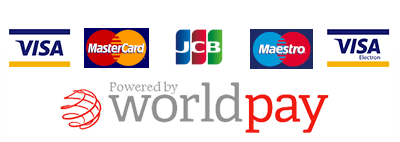
It is important for small businesses to have an efficient invoicing system in place. This will help make sure that you’re getting paid in a timely fashion for the work you’re doing or the services/products you have sold.
Establishing a strategic and strong financial process enables a smoother cash flow in your business. Invoicing is a vital part of business operations and it is important that it is done properly.
Read our complete guide to streamlining your admin processes.
Here are some useful and simple steps to help you develop a strong invoice process.
Set your Business Terms
Validate your billing terms to your clients or customers. This will ensure you maintain a standard level agreement between yourself and the buyer and a good level of customer service. Outline your payment terms clearly so that clients will avoid missing a bill deadline. Highlighting these terms will allow the client to stick to the contractual agreement, providing a good cash flow system for your business.
How to Create Invoices?
The most effective method is to create them within your accounting software, where they will be emailed automatically when due. Some businesses still create their invoices in Word or Excel (of the two, Excel is better because it will calculate totals and VAT properly). If you do this, convert them to PDF before sending them so they can’t be altered.
Invoice Consistently
Set a billing schedule as this will keep both you and the client on track for upcoming invoice dates and payments. It is recommended to bill on the same day of each month so there is less likelihood of double billing or missed invoice dates.
Enabling a consistent process will ensure bills are paid on time each month.
Chase outstanding payments
If you have any late payers, you have the right to pursue payment. The first step is to send a polite and professional reminder to the client as this often happens in business where clients can genuinely forget. The reminder message should include the exact details of the invoice including the Invoice due date, Invoice reference number and payment amount.
Know your clients
It is always helpful knowing your own clients. Before going into business with a client, make sure to ask yourself the following questions:
- Can I see myself and the client working together in the long term?
- Is the client reliable and professional to work with?
- Is the client’s business real and legal?
- Are they trustworthy?
Although these questions may appear simple, we often forget to ask them of ourselves.
Tip: Do a little research, find out more about your client and their business by visiting their website, Facebook page, LinkedIn profile, Twitter page or by contacting the business as a mystery caller. By establishing these details about your clients, you will help yourself avoid any setbacks down the road.
Create clear and detailed Invoices
Outline all the relevant Invoice details, this includes:
- naming the document as an ‘Invoice’
- include your contact details
- list the products and/or services
- the reference number
- full client’s company details
- amount and VAT, if applicable
- payment terms
Making sure that the invoice is clearly detailed will make it easier for the client to read and, as is often the case, make for quicker payment!
Use Automation
Using automation saves time and money. The ways in which you automate your customer’s invoicing process can be as simple as making use of excel spreadsheets and automated payment reminders. The level that makes sense for your business is dependent on size and industry, but some level of automation should always be in place. Consider using accounting or bookkeeping software where invoice templates are already provided along with access to payment reminder functions.
Go Paperless!
Invoicing electronically makes for a faster beginning to end process, ultimately meaning you're likely to be paid quicker. Furthermore, using online invoices not only reduces your admin costs but also allows clients to know that you’re up to date with the features of technology and software programs, providing a more professional experience.
Use a Tracking System
A system that will easily track and trace is a great addition to any invoicing process. Tools that provide you with the option to match invoices with corresponding account transactions are a plus. These types of software do a large majority of the thinking for you!
For more on effective processes contact us.




